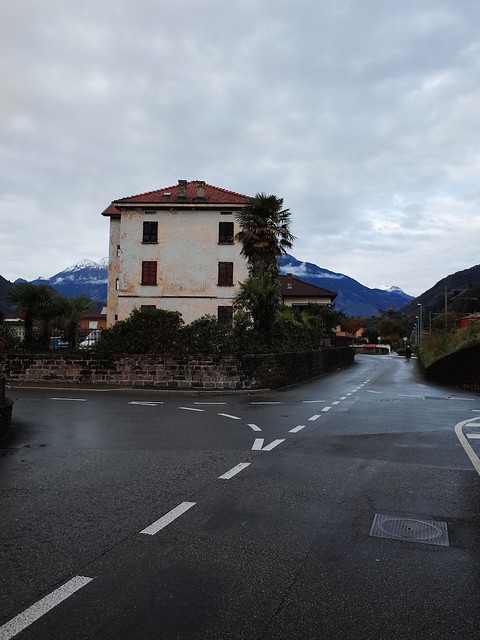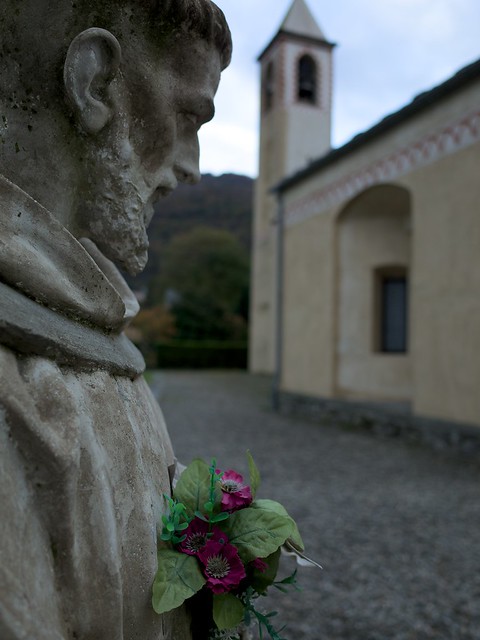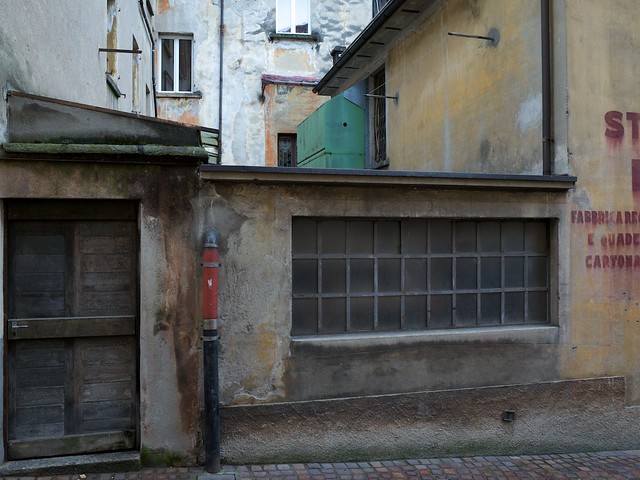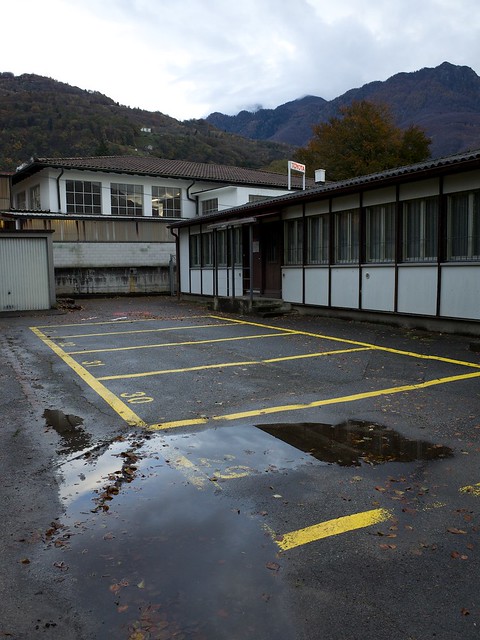Hello (again) Ricoh
you’ve been gone, too long
Just under 2 years ago I became unwillingly separated from my Ricoh GRD4 due to a bit of carelessness in Buenos Aires and some anonymous Argentinian who doubtlessly is now roasting in hell for his/her misdemeanours. This interrupted something like 14 years of continuously using Ricoh GR series cameras. Although I had (and still have) a GRD2, it was falling apart and frequently refused to work. I adored the look of the “new GR” when it first came out, but it was a bit too expensive for me.
But no more. Thanks to a very low special offer from Digitec here in Switzerland, I am now the new owner of an APS-C sensor Ricoh GR, quite a different proposition from the GRD4 from an image quality point of view (although not always necessarily better) but with the same fantastic usability, design and build quality. And I’ve got it just in time for our next Latin America jaunt, to Colombia, where discretion is highly advisable. Hopefully it won’t get “liberated” like its predecessor.

GRs old and new - the GR1S film camera, GRD2 digital, and new GR.
Due to the large sensor and subsequent shallower depth of field, it isn’t quite as forgiving in use as the the GRDs. Closer in a way to the film GR, and also closer in size. But from my first hurried attempts in grim weather, it gives great results. And it fits in my pocket.
All the photos here are pretty much straight from camera…no time for faffing around right now.









